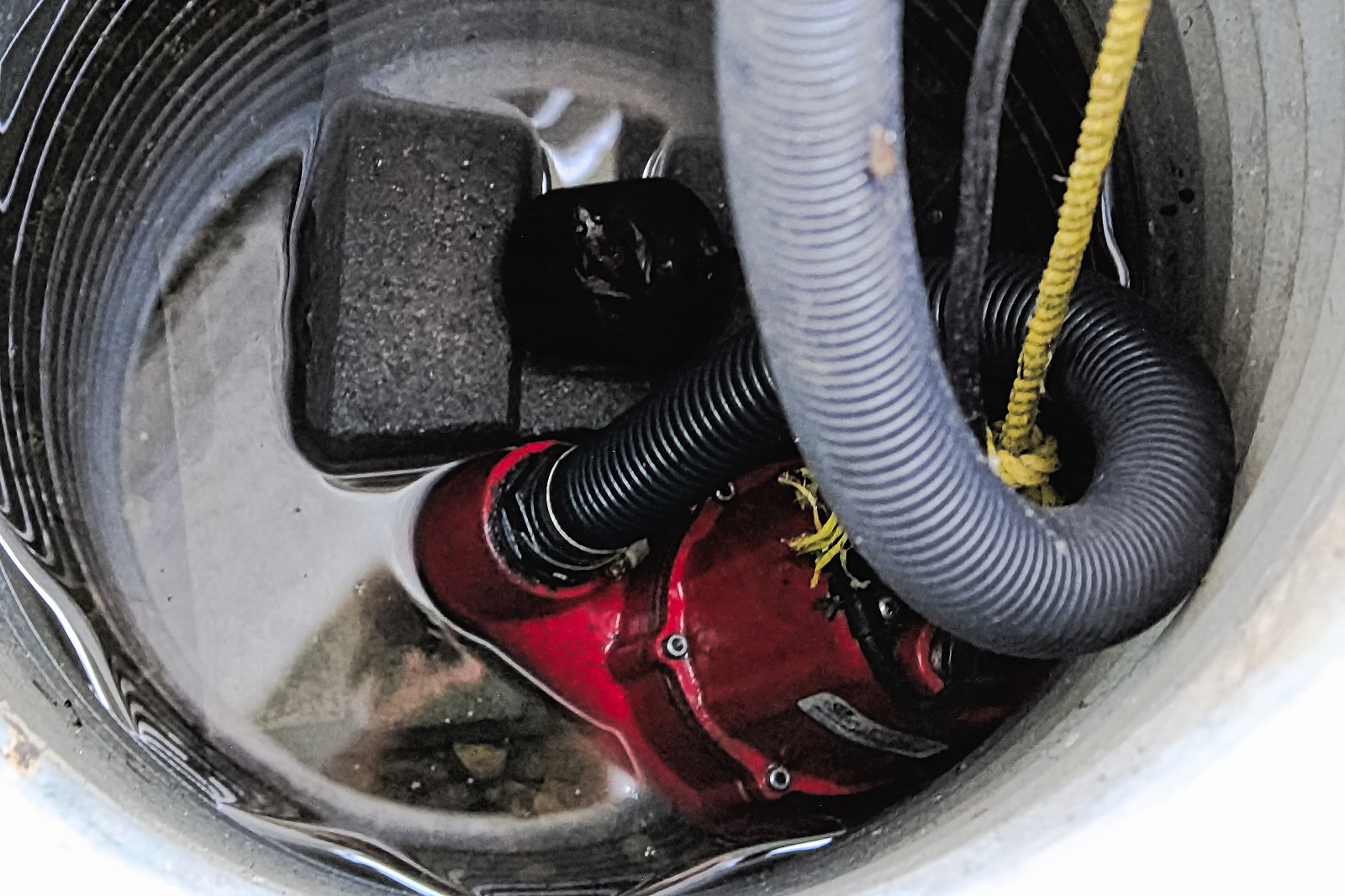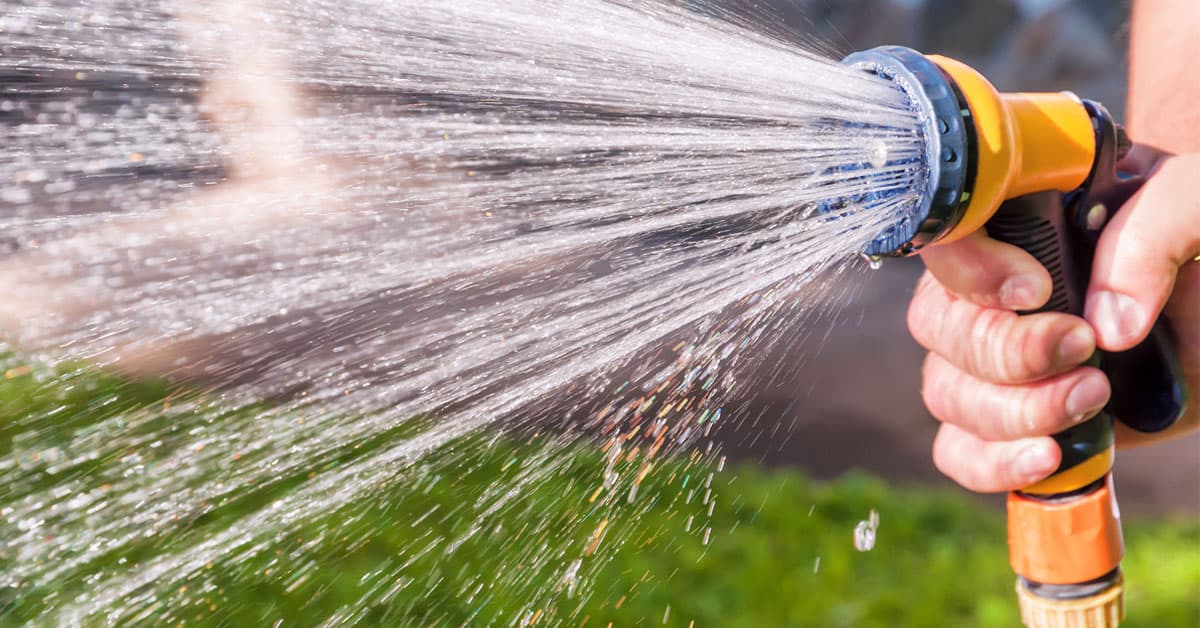Easy Methods to Service a Sump Pump
Easy Methods to Service a Sump Pump
Blog Article
The article author is making a few great points regarding Steps to Cleaning Your Sump Pump Properly as a whole in this article just below.

Sump pumps are crucial components in numerous homes, specifically in locations prone to flooding or extreme dampness. They assist protect against water damages by successfully eliminating excess water from basements or crawl spaces. Nonetheless, like any other device, sump pumps need regular maintenance to guarantee they operate properly when needed one of the most. Cleansing your sump pump is an important part of its upkeep, and recognizing just how to do it appropriately can save you from pricey repair work and prospective disasters.
Introduction
Maintaining a tidy sump pump is vital for its proper functioning and long life. Ignoring this vital task can cause clogs, breakdowns, and eventually, water damages to your residential property. As a result, finding out just how to cleanse a sump pump is critical for home owners who depend on these tools to keep their basements dry and protected.
Recognizing the Sump Pump
Prior to diving into the cleaning process, it's important to have a fundamental understanding of exactly how a sump pump functions. Normally mounted in a pit or container listed below the cellar flooring, a sump pump contains numerous crucial components, including a pump, a float switch, and a discharge pipeline. When water builds up in the pit, the float switch activates the pump, which after that pumps the water out via the discharge pipeline, away from the building's foundation.
Indicators of a Dirty Sump Pump
Knowing when your sump pump needs cleansing is vital for stopping potential breakdowns. Some typical indications that indicate an unclean sump pump include unusual noises during procedure, decreased water flow, and visible particles in the pit. If you see any one of these symptoms, it's essential to cleanse your sump pump without delay to stay clear of any type of more issues.
Planning for Cleaning
Prior to you start cleansing your sump pump, it's essential to take some safety and security precautions. Begin by shutting down the power to the pump to prevent any electric crashes. In addition, use suitable safety equipment, such as handwear covers and goggles, to protect on your own from dust, particles, and potential pathogens.
Detailed Overview to Cleaning Up a Sump Pump
Shutting down the Power
Begin by detaching the power supply to the sump pump to stop any accidents while cleaning.
Removing Particles and Dirt
Use a bucket or a scoop to get rid of any type of visible debris, dust, or sediment from the sump pit. Dispose of the debris correctly to stop it from blocking the pump or the discharge pipeline.
Cleaning up the Pump and Drift Change
As soon as the pit is clear of debris, meticulously remove the pump from the pit. Check the pump and the float switch for any kind of indications of damage or wear. Make use of a soft brush or towel to clean the surfaces and eliminate any collected gunk.
Flushing the System
After cleansing the pump and float switch, flush the sump pit with tidy water to get rid of any kind of staying dust or sediment. This will help ensure that the pump operates efficiently and successfully.
Looking For Correct Functioning
Before reinstalling the pump, do a fast test to guarantee that the float switch activates the pump appropriately. Put some water into the sump pit and observe the pump's operation. If everything is working appropriately, you can reconstruct the pump and reconnect the power supply.
Maintenance Tips to Keep Your Sump Pump Clean
Along with regular cleaning, there are a number of maintenance pointers you can comply with to keep your sump pump in ideal condition:
Verdict
Cleansing your sump pump is a vital aspect of its maintenance and guarantees that it runs successfully when you need it one of the most. By following the steps outlined in this overview and including routine maintenance into your regimen, you can expand the life expectancy of your sump pump and secure your home from water damage.
6 STEPS ON HOW TO CLEAN A SUMP PUMP PROPERLY
UNDERSTANDING SUMP PUMPS
Your sump pump plays a crucial role in protecting your home by managing and removing excess water. It primarily functions as a “shield”, guarding your basement against the damaging effects of water accumulation. The pump is housed in a sump pit in the lowest part of your basement, and its job is to pump out any water that collects there.
During heavy rainfalls or when snow melts rapidly, water can infiltrate your basement, posing potential risks like flooding, structural damage, and harmful mold growth. Here, the sump pump springs into action, pumping out the intruding water and directing it away from your home.
SAFETY FIRST
Before cleaning, remember to prioritize safety. Disconnect the sump pump from the power source to prevent any accidental electric shocks. Also, wear sturdy gloves to protect your hands from any sharp or dirty components within the pump.
REMOVE THE SUMP PUMP
After ensuring your safety, the next step is to remove the sump pump from its pit. Doing this might require careful maneuvering as you don’t want to damage any pump components. Once removed, clean the sump pit to remove any accumulated debris or sludge.
INSPECT THE PUMP
Inspect the pump for any visible signs of wear or damage. Check the power cord, float switch, and impeller housing. If any components look worn out or damaged, consider replacing them to ensure optimal performance.
CLEAN THE PUMP
Thoroughly clean the pump with warm, soapy water. Make sure to rid it of any dirt, gravel, or other debris that might impede its performance. You can use a toothbrush to clean the small, hard-to-reach parts of the pump.
REINSTALL THE SUMP PUMP
Reinstall the pump into the sump pit Make sure it’s positioned correctly to remove the water effectively Once it’s back in place, reconnect it to the power source TEST THE PUMP
Finally, pour some water into the pit to ensure the pump works correctly. It should start automatically and begin pumping out the water; if it doesn’t, check the power source and the positioning of the pump.
Remember, while cleaning your sump pump is an essential part of home maintenance, hiring a professional plumber for a thorough inspection and cleaning at least once a year is also important. This will ensure that your pump is in optimal condition, ready to protect your home from potential water damage.
BEST PRACTICES FOR CLEANING SUMP PUMP DISCHARGE PIPES
Regular Inspection: Regularly inspect your discharge pipes, especially during heavy rainfall or snowmelt periods. Look for any signs of blockage or damage. Early detection of problems can prevent serious issues down the line. Periodic Cleaning: Over time, sediment and debris can accumulate in the discharge pipes, impeding the flow of water. Regular cleaning helps keep the pipes clear and functioning efficiently. You can use a high-pressure water jet to effectively clean the pipes. Insulation During Winter: In colder climates, discharge pipes can freeze, blocking the outflow of water. Protect your discharge pipes from freezing temperatures by insulating them with foam pipe insulation. This will ensure the sump pump can continue to discharge water even in freezing conditions. Proper Positioning: The discharge pipe should be positioned to direct water away from your home’s foundation. Improper positioning can lead to water seeping back into the basement. Ensure the pipe is long enough and angled correctly. Installation of a Check Valve: A check valve prevents water from flowing back into your sump pit after the pump has pushed it out. Installing a check valve helps maintain the efficiency of your sump pump and reduces the risk of flooding. Minimize Pipe Turns: Every curve or turn in the discharge pipe can decrease the efficiency of water flow. By minimizing turns and bends in your discharge pipe, you can increase the efficiency of your sump pump. https://www.fullspeedplumbing.com/how-to-clean-a-sump-pump-properly9999/

I stumbled upon that piece about How To Effectively Clean A Sump Pump when doing a lookup on the web. Don't hesitate to take the opportunity to share this write-up if you enjoyed it. I cherish reading our article about Cleaning & Maintenance Tips for Your Home's Sump Pump.
Schedule Today! Report this page